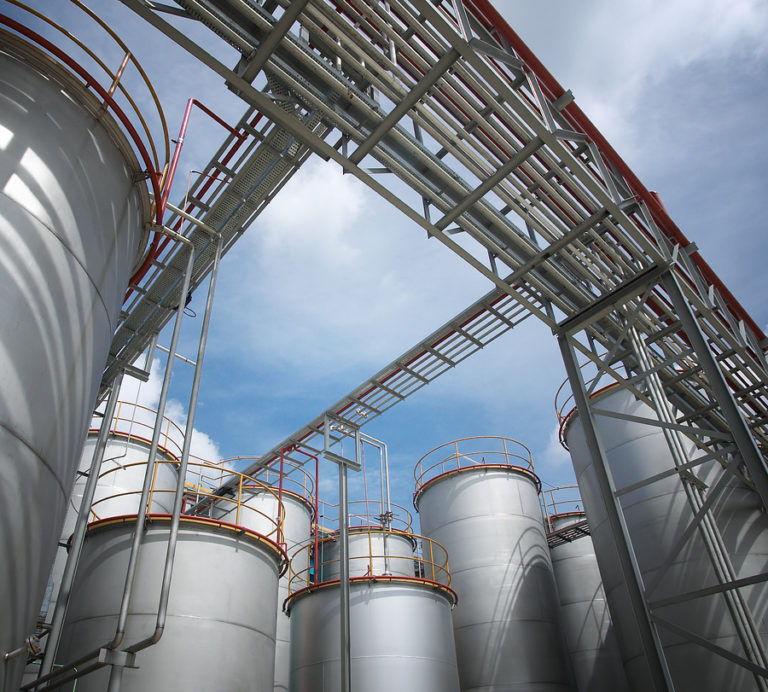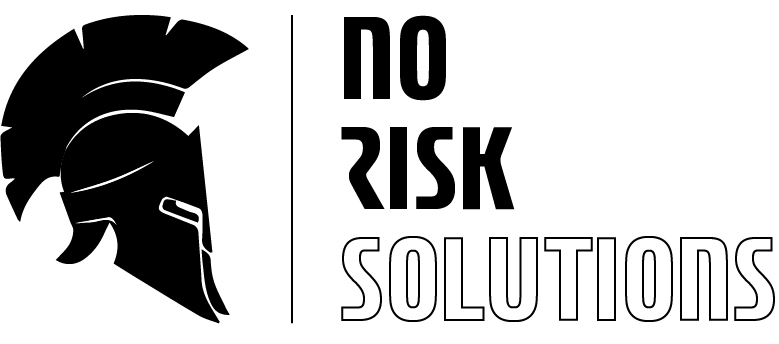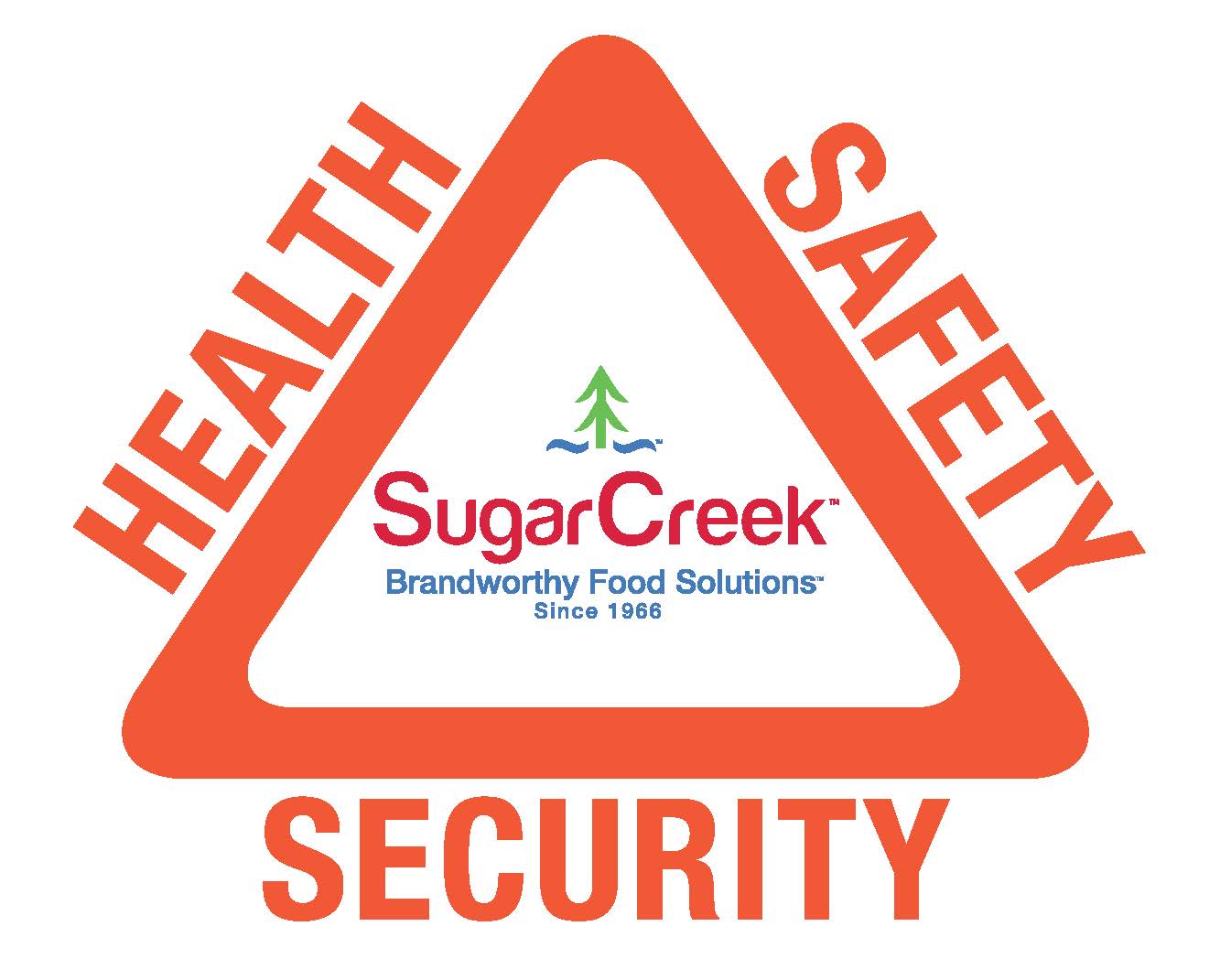Title Page
-
IMAGE Skincare
-
7130 Seacrest Blvd, Lantana FL 33462
-
Conducted on
-
Prepared by
General Safety
-
Exposed or open loading dock doors and other areas that employees could fall 4 feet or more or walk off should be chained off, roped off or otherwise blocked.
-
Floors and aisles are clear of clutter, electrical cords, hoses, spills and other hazards that could cause employees to slip, trip or fall.
-
Proper work practices are factored into determining the time requirements for an employee to perform a task.
-
Employees performing physical work have adequate periodic rest breaks to avoid fatigue levels that could result in greater risk of accidents and reduced quality of work.
-
Newly-hired employees receive general ergonomics training and task-specific training.
-
The warehouse is well ventilated.
-
Employees are instructed on how to avoid heat stress in hot, humid environments.
-
Employees are instructed on how to work in cold environments.
-
The facility has lockout/tagout procedures.
Materials Handling Safety
-
There are appropriately marked and sufficiently safe clearances for aisles and at loading docks or passageways where mechanical handling equipment is used.
-
Loose/unboxed materials which might fall from a pile are properly stacked by blocking, interlocking or limiting the height of the pile to prevent falling hazards.
-
Bags, containers, bundles, etc. are stored in tiers that are stacked, blocked, interlocked and limited in height so that they are stable and secure to prevent sliding or collapse.
-
Storage areas are kept free from accumulation of materials that could lead to tripping, fire, explosion or pest infestations.
-
Excessive vegetation is removed from building entrances, work or traffic areas to prevent possible trip or fall hazards due to visual obstructions.
-
Derail and/or bumper blocks are provided on spur railroad tracks where a rolling car could contact other cars being worked on and at entrances to buildings, work or traffic areas.
-
Covers and/or guardrails are provided to protect personnel from the hazards of stair openings in floors, meter or equipment pits and similar hazards.
-
Personnel use proper lifting techniques.
-
Elevators and hoists for lifting materials/containers are properly used with adequate safe clearances, no obstructions, appropriate signals and directional warning signs.
Hazard Communication Safety
-
All hazardous materials containers are properly labeled, indicating the chemical’s identity, the manufacturer’s name and address, and appropriate hazard warnings.
-
There is an updated list of hazardous chemicals.
-
The facility has a written program that covers hazard determination, including Material Safety Data Sheets (MSDSs), labeling and training.
-
There is a system to check that each incoming chemical is accompanied by a MSDS.
-
All employees are trained in the requirements of the hazard communication standard, the chemical hazards to which they are exposed, how to read and understand a MSDS and chemical labels, and on what precautions to take to prevent exposure.
-
All employee training is documented.
-
All outside contractors are given a complete list of chemical products, hazards and precautions.
-
Procedures have been established to maintain and evaluate the effectiveness of the current program.
-
Employees use proper personal protective equipment when handling chemicals.
-
All chemicals are stored according to the manufacturer’s recommendations and local or national fire codes.
Forklift Safety
-
Powered industrial trucks (forklifts) meet the design and construction requirements established in American National Standard for Powered Industrial Trucks, Part II ANSI B56.1-1969.
-
Written approval from the truck manufacturer has been obtained for any modifications or additions that affect the capacity and safe operation of the vehicle.
-
Capacity, operation and maintenance instruction plates, tags or decals are changed to specify any modifications or additions to the vehicle.
-
Nameplates and markings are in place and maintained in a legible condition.
-
Forklifts that are used in hazardous locations are appropriately marked/approved for such use.
-
Battery charging is conducted only in designated areas.
-
Appropriate facilities are provided for flushing and neutralizing spilled electrolytes, for fire extinguishing, for protecting charging apparatus from damage by trucks and for adequate ventilation to disperse fumes from gassing batteries.
-
Conveyors, overhead hoists or equivalent materials handling equipment are provided for handling batteries.
-
Reinstalled batteries are properly positioned and secured.
-
Carboy tilters or siphons are used for handling electrolytes.
-
Forklifts are properly positioned and brakes applied before workers start to change or charge batteries.
-
Vent caps are properly functioning.
-
Precautions are taken to prevent smoking, open flames, sparks or electric arcs in battery charging areas and during storage/changing of propane fuel tanks.
-
Tools and other metallic objects are kept away from the top of uncovered batteries.
-
Concentrations of noxious gases and fumes are kept below acceptable levels.
-
Forklift operators are competent to operate a vehicle safely as demonstrated by successful completion of training and evaluation conducted and certified by persons with the knowledge, training and experience to train operators and evaluate their performance.
-
The training program content includes all truck-related topics, workplace-related topics and the requirements of 29 CFR 1910.178 for safe truck operation.
-
Refresher training and evaluation is conducted whenever an operator has been observed operating the vehicle in an unsafe manner or has been involved in an accident or a near-miss incident.
-
Refresher training and evaluation is conducted whenever an operator is assigned to drive a different type of truck or whenever a condition in the workplace changes in a manner that could affect safe operation of the truck.
-
Evaluations of each operator’s performance are conducted at least once every three years.
-
Load engaging means are fully lowered, with controls neutralized, power shut off and brakes set when a forklift is left unattended.
-
Operators maintain a safe distance from the edge of ramps or platforms while using forklifts on any elevated dock, platform or freight car.
-
There is sufficient headroom for the forklift and operator under overhead installations, lights, pipes, sprinkler systems, etc.
-
Overhead guards are provided in good condition to protect forklift operators from falling objects.
-
Operators observe all traffic regulations, including authorized plant speed limits.
-
Drivers are required to look in the direction of and keep a clear view of the path of travel.
-
Operators run their trucks at a speed that will permit the vehicle to stop in a safe manner.
-
Dock boards (bridge plates) are properly secured when loading or unloading from dock to truck.
-
Stunt driving and horseplay are prohibited.
-
All loads are stable, safely arranged and fit within the rated capacity of the truck.
-
Operators fill fuel tanks only when the engine is not running.
-
Replacement parts of trucks are equivalent in terms of safety with those used in the original design.
-
Trucks are examined for safety before being placed into service and unsafe or defective trucks are removed from service.
Recommendation
-
Write recommendations here
Completion
-
Full Name and Signature of the Inspector
-
Back warehouse doors are unlocked at time of this inspection





















